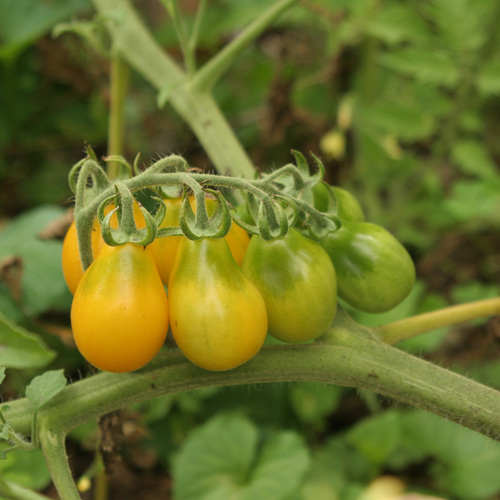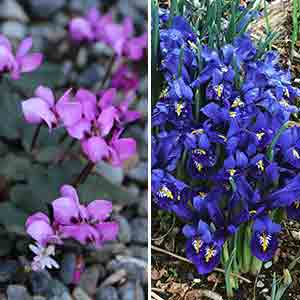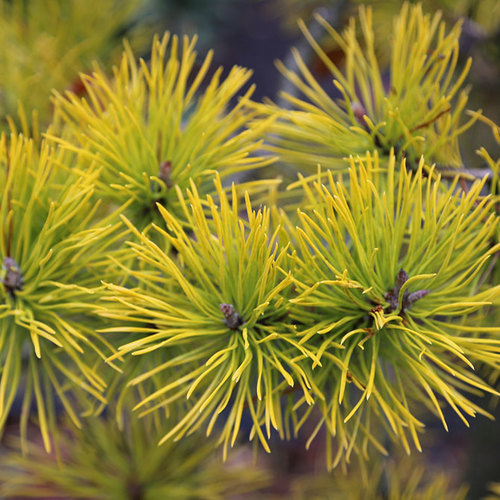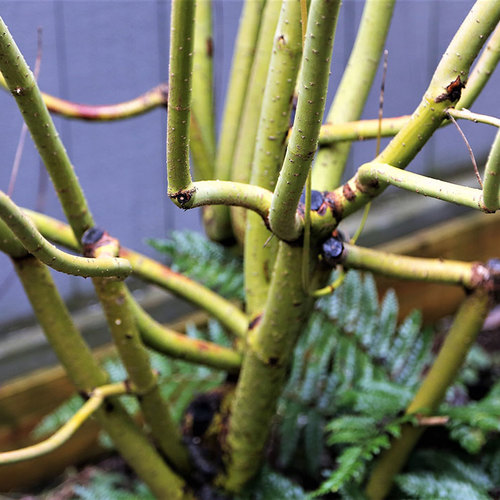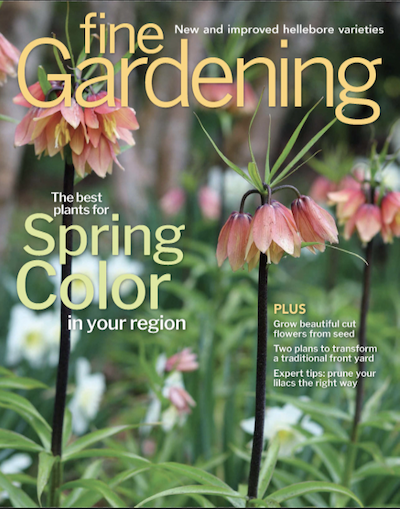Jason Jorgensen
-
Pacific Northwest Regional Reports
Evergreen Ferns for the Northwest
May in the Pacific Northwest has been quite amazing this year. The weather has been mild and drier than normal, and gardens have put on enormous growth. In late spring…
-
Pacific Northwest Regional Reports
Tips for the Best Spring Ephemeral Displays
Late April is a great time for enjoying the last spring ephemerals and early-blooming spring shrubs in the garden. This time of year, the energy of the garden of imminent…
-
Pacific Northwest Regional Reports
Northwest May Garden To-Do List
Now that May’s warmer weather is upon us, it’s time to think about the coming warm weather of late spring and summer in the Pacific Northwest. I suspect this year…
-
Pacific Northwest Regional Reports
April Garden To-Do List for the Northwest
April in the Pacific Northwest is an energetic time in the garden. There is lots of exuberant growth, and the garden is full of promise. So many things are happening…
-
Pacific Northwest Regional Reports
Early Spring Ephemerals for the Northwest
Even though cold winter weather is still hanging around in March, there are sure signs of spring in the garden. Early spring is one of the more exuberant times of…
-
Pacific Northwest Regional Reports
Golden Conifers Shine in the Northwest
Late winter and early spring in the Pacific Northwest are challenging times for the gardener. The dark, wet, stormy days often force us to be inside, and we rarely get…
-
Pacific Northwest Regional Reports
Winter Bark for Color and Texture
February is an in-between time in the garden, although there are still plenty of chores to keep up with. But when the weather is cooperative, we must take the time…
-
Pacific Northwest Regional Reports
Beautiful Berries for Winter Interest
Winter walks are a great way to beat cabin fever and see plants from a different perspective. You might even discover something new while you’re on a walk! On a…
-
Pacific Northwest Regional Reports
Camellias That Shine in Winter
Even during the shortest days of winter, everyone loves to see beautiful blossoms. Evergreen camellia shrubs (Camellia spp. and cvs., Zones 6–10) are tough, long-lasting plants, and their beautiful winter-blooming…
-
Pacific Northwest Regional Reports
Winter-Blooming Hellebores for the Northwest
I took my own advice after shooting photos for my last regional report and spent some time walking around the Joseph A. Witt Winter Garden in the Washington Park Arboretum…





